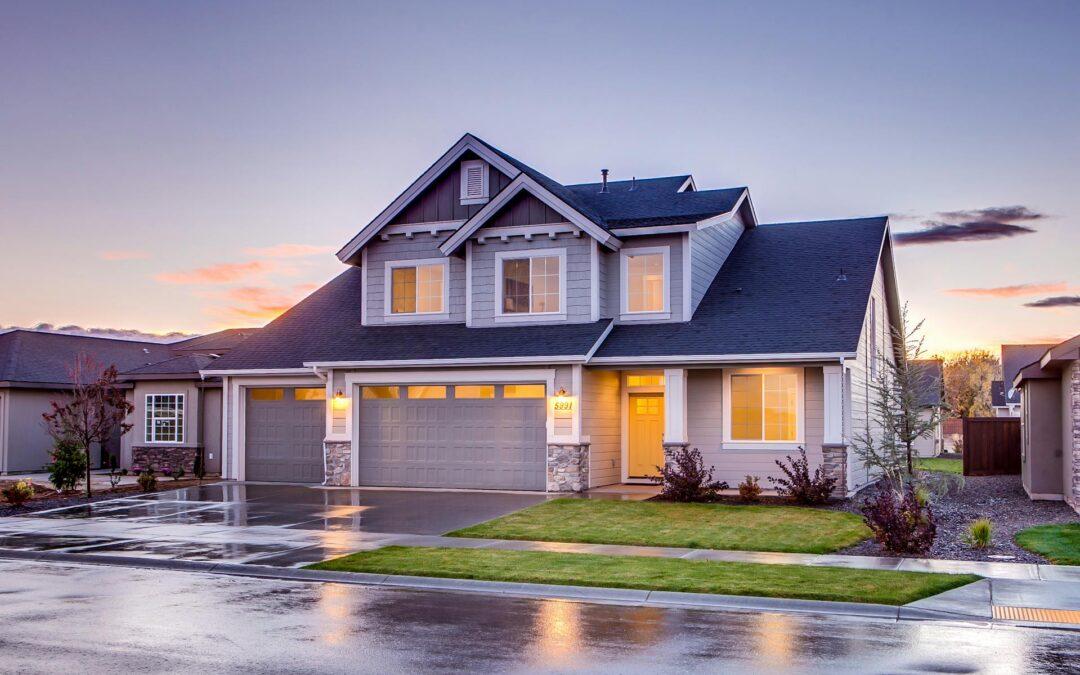
Matthew Stubbs
Associate
Contact Information
(705) 722-4400 ext. 240
mstubbs@chcbarristers.com
Legal Assistant/Law Clerk:
Amanda Neddo
(705) 722-4400 ext. 245
aneddo@chcbarristers.com
The Ultimate Limitation Period and What is a Continuous Act?
If you purchase an old home and discover that there was a building defect, are you able to sue the builder or the building department to get it fixed? This question was recently before the Court of Appeal in Huether v. Sharpe, 2025 ONCA 140.
While many people know that under the Limitations Act, 2002 you must start a lawsuit within two years following the discovery of a claim, under section 15(2) of the Limitations Act there also exists an ultimate limitation period. Section 15(2) states:
No proceeding shall be commenced in respect of any claim after the 15th anniversary of the day on which the act or omission on which the claim is based took place.
Why does an ultimate limitation period exist? The purpose of the ultimate limitation period is to provide closure. Attorney General Bryant justified the ultimate limitation period as necessary to prevent untimely legal proceedings in respect of latent building defects, stating:
Does it make sense that architects and engineers can be sued 50 years after building a home? Of course not.
So how do you get around the ultimate limitation period? Section 15(6)(a) states that in the case of a “continuous act or omission”, the act or omission takes place “on the day on which the act or omission ceases.”
Huether v. Sharpe
In Huether v. Sharpe, the plaintiff alleged that in 1986, the property they recently purchased had a defect in the foundation. The plaintiff sued the Township, stating that the defects were caused by the Township’s negligence in supervising the property’s construction and failing to conduct further inspections, among other things. With the death of the original builder and the original inspector, there was no evidence to confirm whether the inspections occurred. The owner argued that the lack of evidence showing the inspection closed would qualify as an omission to allow them to bypass the ultimate limitation period.
Did the court accept this argument? No. The court stated that “a continuing cause of action is a cause of action which arises from the repetition of acts or omissions of the same kind as that for which the action was brought. If once a cause of action arises, and the acts complained of are continuously repeated, the cause of action continues and goes on de die in diem [from day to day].” The court stated that “actionable conduct is not continuing merely because it can be rectified or because the harm it causes is either continuing or delayed.” “A continuing act or omission requires a succession or repetition of actionable conduct on the part of a defendant.”
As the original builder didn’t come back to the property each year with a sledgehammer, the ultimate limitation period applied. The court also found that this would apply in situations where the Township installed storm sewers on your property that resulted in yearly flooding and other similar situations. A construction defect made more than 15 years ago does not qualify as a continuous act.


Recent Comments